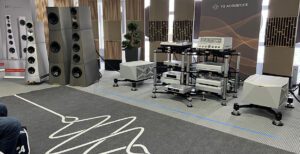
Viking helmets did not have horns attached to them. No archaeological evidence supports horned helmets, yet it remains the popular image of Viking warriors. The style originates in the 19th century when Emil Doepler created horned helmets for a production of Wagner’s Ring Cycle—a lot to answer for, those Victorians. The Hegel Viking is likewise hornless, but the new CD player’s name is not entirely fanciful.
Hegel is a Norwegian company and chose the name because Viking longboats were a technological breakthrough in their time, allowing Vikings to travel far longer distances than could be done in earlier boats. Hegel developed the CD player of the same name intending to increase the sound quality potential of the medium to a greater degree than has been previously achieved.
Still the best
Despite being one of the most successful brands in streaming audio (all its integrated amps have this feature built-in), Hegel states “CD technology might be old, but we believe that when perfected, it is still the best digital medium available.” Hegel is patently keen on the format, keen enough to build the Viking from the ground up. It uses a slot-loading disc mechanism taken from an in-car unit. The logic here is if it’s robust enough for the rigours of life on the move, it should be reliable in a domestic machine. It’s certainly quicker than any slot loader that I’ve tried in the past.
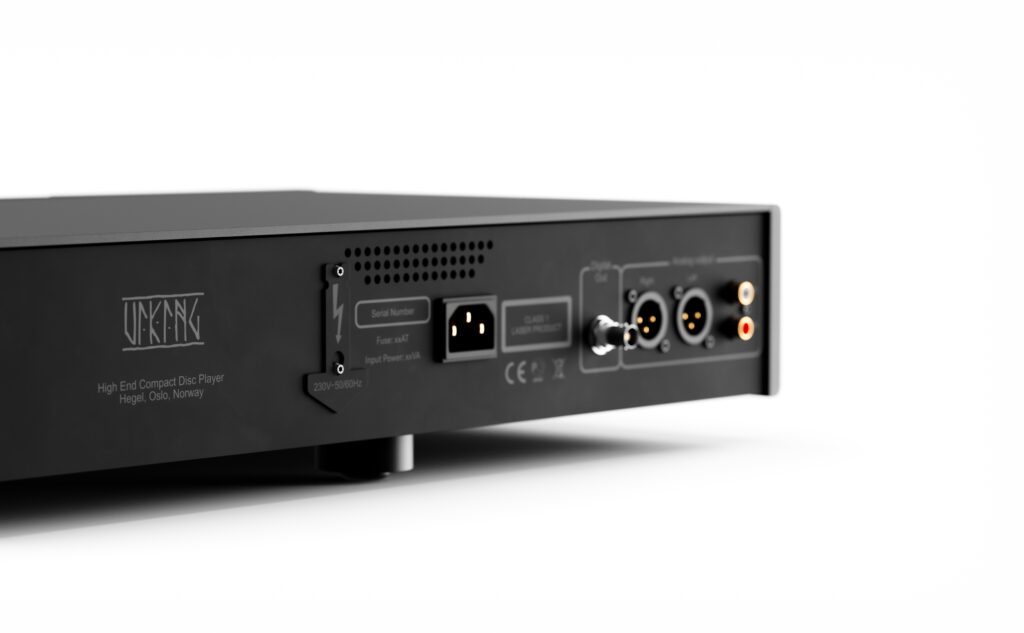
The DAC is based on an AKM 4493SEQ chipset. I assumed that Hegel had hoovered up enough of these to sustain future demand as AKM was the factory destroyed by fire and caused a subsequent shortage of chips worldwide in late 2019. However, it says there is now a new AKM assembly line, which is good news for audio enthusiasts. The Viking also incorporates Hegel’s MasterClock and SoundEngine tech developed for its streamers, features not found in the last Hegel CD player, the Mohican. Like its predecessor, this player does not upsample, possibly making it unique in today’s disc-spinning world. It is a pure 16-bit, 44.1kHz red book CD player which makes a refreshing change.
The Viking is not devoid of sophistication, however. The discrete MasterClock is claimed to reduce jitter to an absolute minimum. Meanwhile, the LineDriver output stage has a very low output impedance to drive virtually any cable or preamplifier. Finally, the display uses OLEDs to keep noise as low as possible. Many components sound better with the display defeated because of the electrical noise that most inject into the circuit, so this is a smart move.
Cheap as chips
The Viking is a nicely built and finished piece of kit with simple but sufficient front panel controls to do most of the stuff you’d want. Hegel supplies a rather nice metal remote handset. This system controller has several buttons that aren’t relevant to this CD player but one doubles up as stop and, with a second click, eject, which is handy. There are no direct track entry buttons or repeat options, reflecting good ol’ Scandiwegian minimalism. The back panel is likewise hardly swamped with connections, just outputs on the usual single-ended and balanced sockets plus a digital output on a BNC coax connector (the only serious coax option). A CD player without DAC inputs is a rarity but this goes along with the dedicated nature of the Viking, and all Hegel’s amps have digital inputs for that matter.
Hegel’s last CD player was called the Mohican because, ‘it will be the last CD player the company makes.’ This proved a bit premature. As indeed is the notion that CD is dead, this appears to be far from the case as far as we sonic connoisseurs are concerned where if anything there has been a resurgence of interest. There are many of us who have large disc collections that we want to carry on enjoying and don’t have the inclination to rip and stream. Add to this that the software is often cheaper than chips or at least cheaper than a high-resolution download and I can see the humble compact disc enjoying a long and entertaining life, especially when they sound as good as the Viking reveals.
In the past CD players have tended to fall into two camps. The Japanese specialised in ultra-refined, smooth and creamy sounding machines that were built to phenomenal standards. At the same time, Europeans and Americans created more lively sounding and exciting players that weren’t quite so mechanically slick but made the pulse race rather more effectively. This is a gross generalisation of course but brings me to the point that the Viking seems to do both things rather well. It is as calm and refined as the music requires yet can deliver fireworks when those come along. And it does both with a sense of timing that some turntables would envy. This is the crux of the biscuit; great timing has never been a quality associated with digital sources so when a humble disc spinner comes along that does it this well you have to take notice.
Spaces in between
Hegel has achieved this by paying attention to the clock quality and by reducing noise wherever possible. The latter reduces the hash or noise floor that shadows the music, it’s not obvious until it is removed, when you can hear the spaces between the notes more easily and thus the leading and trailing edges of each note are easier to appreciate. Hegel’s timing abilities are obvious regardless of whether you are paying attention or not; I frequently play background music when doing less mentally challenging stuff on the computer but often find the sound distracting unless the music is particularly ambient. I found that almost anything could be spinning on the Viking without this happening, quite the opposite, I kept getting distracted by how good it sounded. The engagement factor with this player is very high indeed.
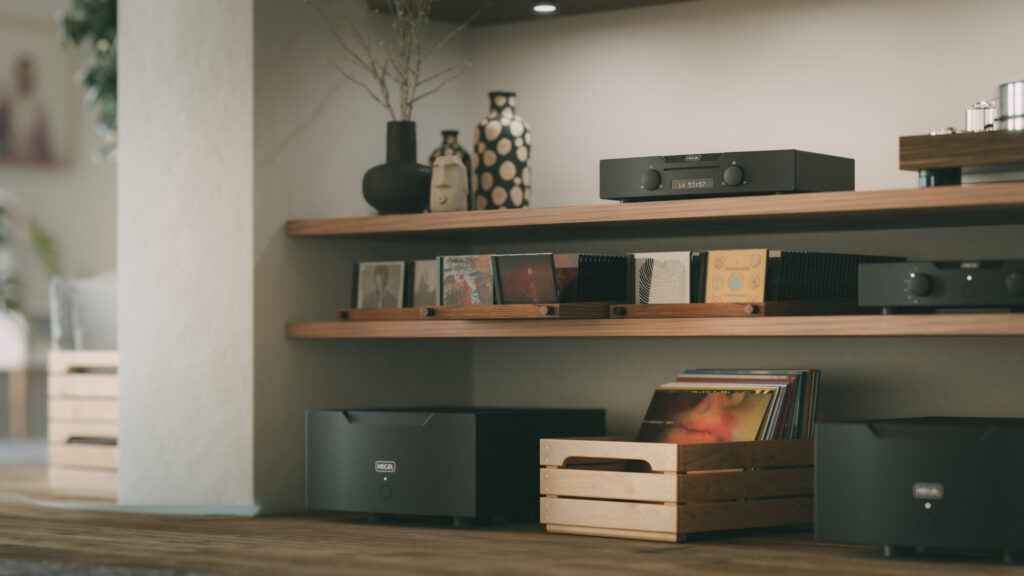
Great timing has another side effect, which is to remove the focus on unappealing tonal qualities. Or should that be the other way round, recordings which shout at you and sound coarse and grainy no longer do so when the timing is spot on. I inherited a box of jazz CDs recently and played quite a few of them on the Viking, they weren’t all to my taste, but it was easy to appreciate what each artist was ‘saying’ and the spirit in which it was played. Even though many were transcriptions of old mono recordings the tonal shortcomings were never emphasised, rather it was the playing and style that came through.
The other side
The Viking does a fine job with more up to date material as well, in fact a lot of it sounds sublime. Tord Gustavsen specialises in this sort of thing and his album The Other Side is a good example, in the Hegel’s hands it sounded beautiful. The poise he brings to the relatively calm pieces is entrancing and the resolution offered by this player means you can hear every nuance of playing from piano, bass and drums. The depth of timbre is particularly impressive with both piano and bass giving up their distinctive tonal shadings with considerable clarity, while the cymbals have a delicacy that few digital systems can match.
Imaging is strong too, there’s a body to the sound of a good recording that is the equal of decent examples from both analogue and digital sources. Some DACs will give you a larger, more ethereal image but not necessarily with CD as a source. This produces good scale and depth of image for the bit/sample rate but more importantly keeps you coming back for more and listening to albums rather than tracks. Track hopping has become a normal mode of listening in the streaming era, but it means that some good tunes are missed because you’re looking for the next big hit. I was surprised at how easy the Viking made it to sit back and enjoy a full album, something that usually only happens with vinyl and then it’s often only one side.
Hegel’s latest CD player makes an extremely good case for the five-inch silver disc, delivering very high musicality that engages the soul and the body in equal measure and had me routing through my collection for albums that haven’t seen the light of a laser beam for many moons. Don’t presume that the discreet styling means restrained music, the Viking delivers all the energy and nuance you could ask for, even without horns on its stylish case.
Technical specifications
- Type: Solid-state compact disc player
- Disc Types: Red book CD
- Digital Inputs: None
- Analogue Outputs: Two stereo analogue audio outputs (one set balanced via XLRs, one set single-ended via RCA jacks)
- Digital Outputs: One coaxial (via BNC)
- DAC Resolution: N/A
- Frequency response: 0Hz–22kHz
- Distortion: less than 0.0015%
- Signal to Noise Ratio: not specified
- Dimensions (H×W×D): 99 × 430 × 305mm
- Weight: 7.3kg
- Price: £4,500, $5,000
Manufacturer
Hegel Music Systems
UK distributor
Auden Distribution
+44(0)7917 685 759
Tags: CD PLAYER HEGEL VIKING
By Jason Kennedy
More articles from this authorRead Next From Review
See all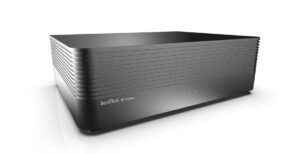
IsoTek V5 Sigmas power conditioner
- Jun 27, 2024
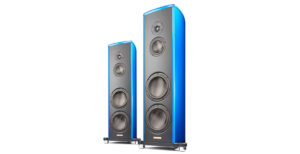
Magico S3 floorstanding loudspeaker
- Jun 27, 2024
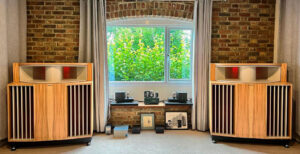
Lowther Hegeman Sound Reproducer
- Jun 27, 2024
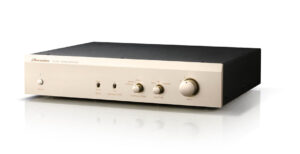
Phasemation EA-350
- Jun 19, 2024









